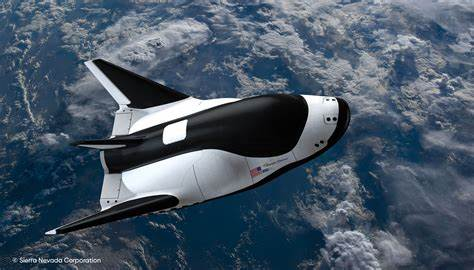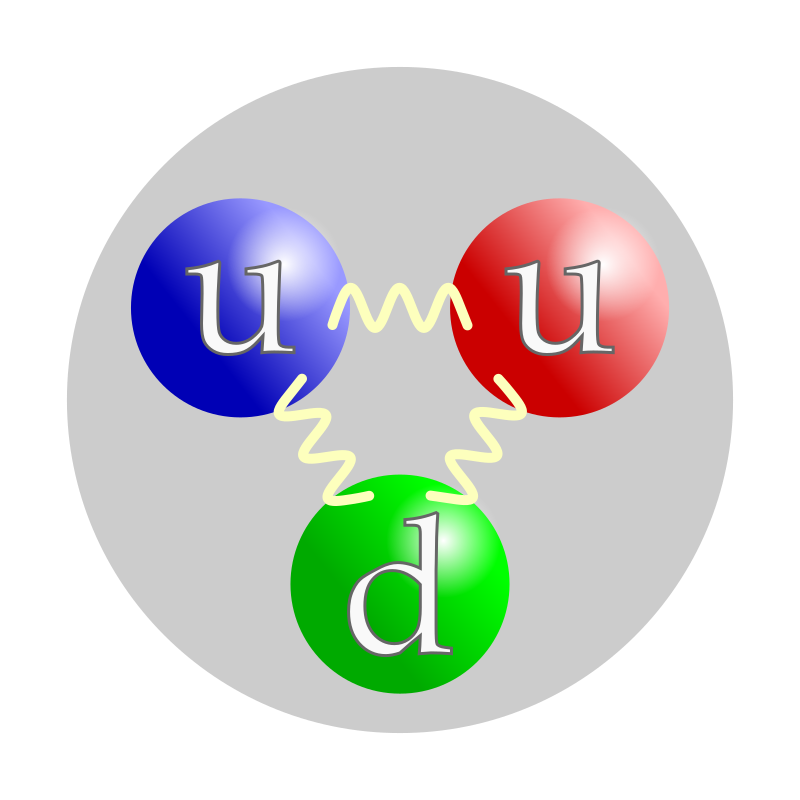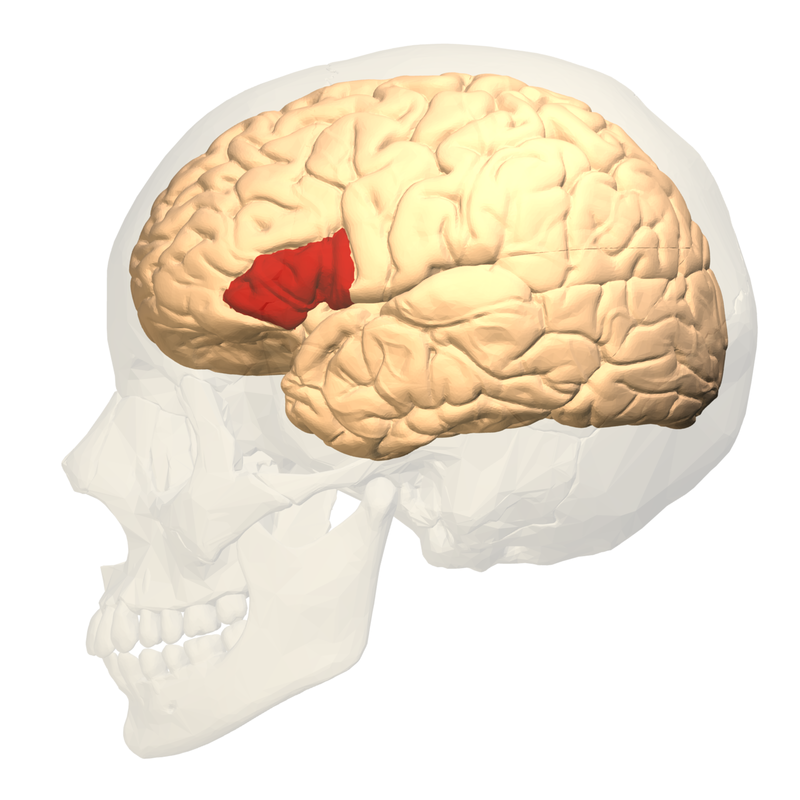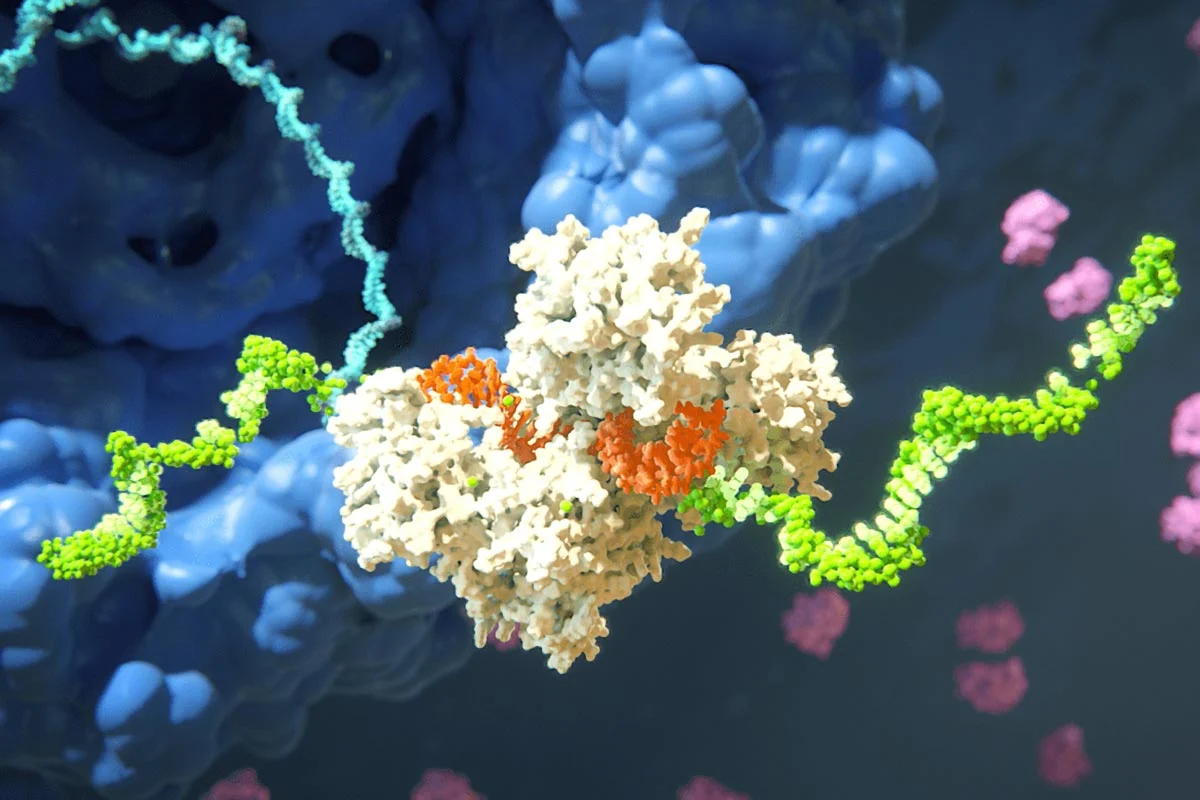The researchers worked with a subset of the class of materials called two-dimensional hybrid organic-inorganic perovskites. These are thin films consisting of alternating organic and inorganic layers in a highly ordered crystalline structure, as shown in this illustration. Credit: Jun Liu, NC State University" (ScitechDaily, How Scientists Engineered the Unthinkable With New Hybrid Materials)
The new metamaterials are incredible things. Researchers never imagined what this kind of thing could do. Above this text is a diagram of the two-layer metamaterial that can transfer energy out from its shell. This kind of material can revolutionize space and aerospace technology. If this material is on the space probe's shell. It can offer great armor against incoming micrometeorites.
The nano springs between those layers conduct impact energy. And if there is a very cold chamber behind the inner shell, that thing can conduct thermal energy out from the shell. The chamber can filled with liquid nitrogen or helium, and the system can dump the thermal energy into that chamber.
A similar system can make the hypersonic flight possible in the atmosphere. The idea is that the system conducts thermal energy into the middle of the craft. In some visions, there is a tunnel from the nose of the hypersonic craft to the back of the craft. The airflow travels through the aircraft, and the system can transfer heat from that aircraft shell to that airflow.
The airflow can travel between those layers, and it can pull thermal energy with it. Another thing is that the next-generation stealth materials are the holed graphene plates. In that material are the pyramid-shaped structures that scatter the incoming radio waves. The plasma that flows in this structure can also pull radio waves in it. And that thing denies the radar echo.
Theoretically, these kinds of materials and structures can resist the laser or even nuclear weapons. The nuclear explosion releases a very powerful thermal energy burst. And also the pressure impulse is a very powerful thing. If the material can conduct the heat and impact energy out from the shell, into some kind of low-energy tank. It's theoretically possible to create structures that can resist the nuclear explosive.
The liquid nitrogen tank can offer a place, where the system can conduct thermal energy. Liquid nitrogen can also pull the physical impact energy in itself like water does at room temperature. It's possible. Between those layers is the extremely low-pressure and cold quantum gas. The quantum gas can pull heat energy itself, and the expansion of that gas is not as dangerous as normal pressure gas is.
https://scitechdaily.com/how-scientists-engineered-the-unthinkable-with-new-hybrid-materials/







































